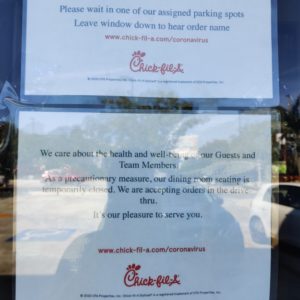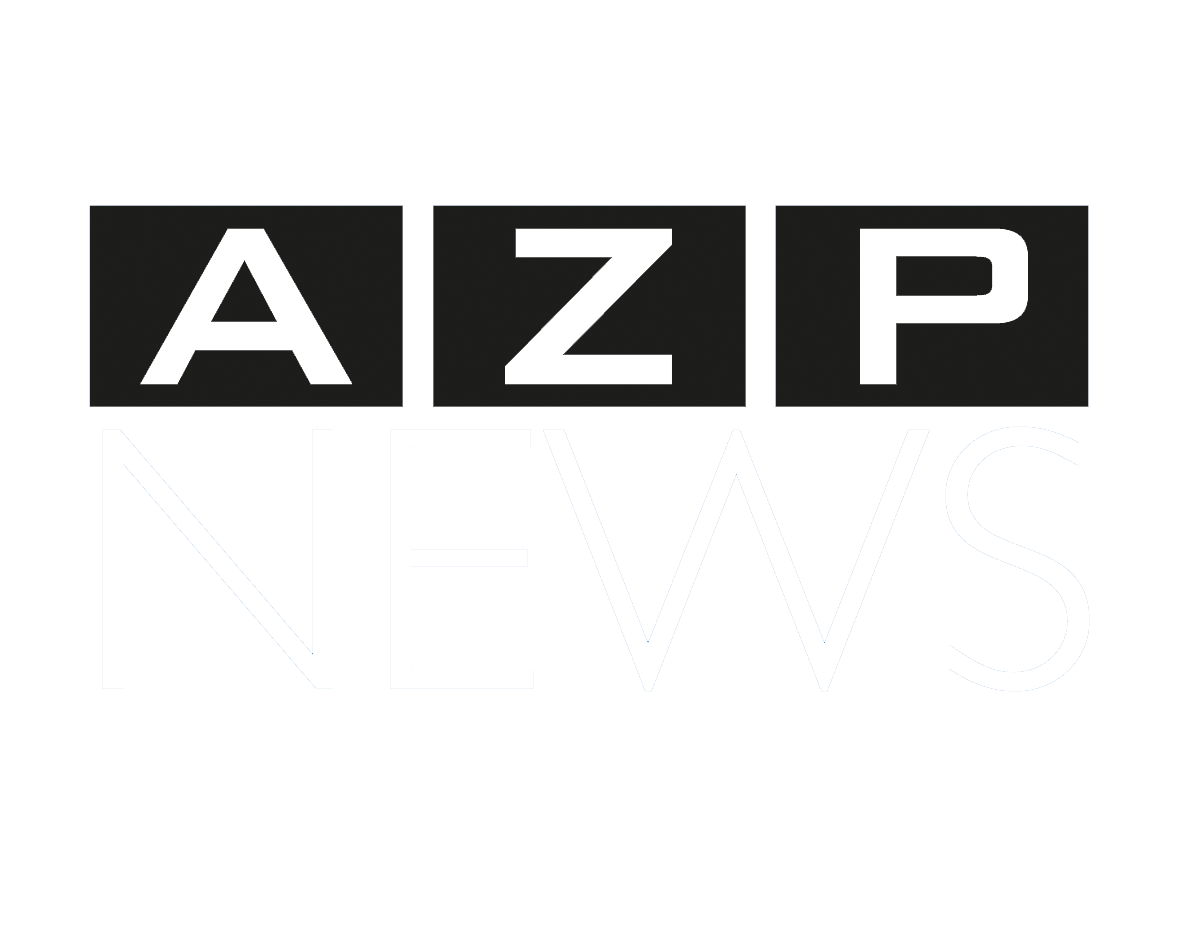
I travelled to Broward County, Florida, USA, two weeks ago.
At the time of my arrival, Florida had just announced its first cases of COVID-19. There were no airline restrictions on entry to the US by non-citizens and it was business as usual. Everything appeared normal – shops, stores, bars, clubs were all open, no one wore masks or gloves and people went about their affairs as normal. The Trump administration itself didn’t seemed unduly concerned from what I could gather.
Everything changed when, on the black Friday (March 13, 2020) US President Donald Trump declared a national emergency over the coronavirus pandemic. What was just a scare became very real.
Within hours of his announcement, Floridians went berserk – panicked shoppers flooded Walmart, Publix, Costco, Walgreens and every store they could find. The crowds looked like scenes usually seen during huge Black Friday sales’ events. Big ticket items were toilet paper (why?) Lysol, hand sanitizers, vitamin C supplements such as Emergen-C and bottled water.
The madness continued the next day. Fights broke out as inventory thinned. When the store shelves were emptied, people turned to online shopping to get what they wanted.
Items from Amazon with guaranteed delivery dates suddenly weren’t guaranteed anymore as even the retail giant Amazon became overwhelmed by the demand. Emails advising of delayed shipments were becoming the norm.
By Monday March 16, places like Walmart looked similar to a grocery going out of business. There were smatterings of shoppers, when normally there would be a bustling crowd. Shelf after shelf were empty or had a few scattered items available for sale. All hoardable household essentials were gone, from toothpaste to paper towels. There was a normal inventory of fresh fruits and vegetables but eggs and milk were in short supply.
Then there was the price gorging. Even in places like Publix, prices had risen sharply on common items such as seafood, meats and vegetables.
On the roads, the weekday rush hours of 4 – 8 pm started looking like 2 am on a Sunday morning. There was no trouble to get parking at popular clothing and shopping stores. What was quite remarkable though, was how quiet the stores had become… eerily so.
Walmart implemented a wonderful strategy to bring in more customers than its competitors. Automatic hand sanitizer dispensers were installed at the entryways and sanitising wipes were readily available to wipe down the trolleys. While the crowds were still scanty, it was nothing compared to the emptiness of its competitors.
People were increasingly being made to work from home. Residential driveways, usually empty during normal work hours, were full of cars.
My email inbox was being bombarded with messages from companies advising of all the changes they were implementing to keep us safe. Many fast food places like Chick-fil-A closed their dine-in areas and only permitted drive through orders.

Here in Trinidad, we recorded our first case of the novel corona virus on March 12. I no longer had a safe sanctuary to exit Florida early and return home. It felt like a double whammy.
My flight back to Trinidad had been booked with Caribbean Airlines (CAL). Their phone lines were almost consistently busy as I understand they were being bombarded with calls. In the end, I was stuck with returning on March 19.
On March 16, Prime Minister Keith Rowley announced our borders would be closed to all except Trinidad and Tobago nationals and health workers, effective at midnight the next day. Thank god I am a citizen! I could return home!
When I arrived at the Fort Lauderdale-Hollywood International Airport for my flight, I learnt that CAL had consolidated an inbound Miami flight with mine. I thought the flight would have been full but it appeared about half capacity when we took off.
As I walked up to the CAL desk to deposit my checked luggage, I was decked in long sleeved clothing, closed shoes and a black facemask. As I looked around, there seemed to be a few persons milling around but no one wore any masks or gloves.
A friendly middle-aged gentleman assisted me at the desk. As I handed him my passport, he asked whether I had been to Europe prior to my flight today. I said “No.” Everything else proceeded as normal. I received my boarding pass and proceeded to the first two security points where they would check for my boarding pass first, then my boarding pass and passport next. At both points there were no lines.
I walked over to the third security point to have my carry-on scanned and then be bodily scanned. Ah, there were two lines! Not much, perhaps 30 persons or so in all. I observed how close together the people in the line stood. I strategically positioned my carry on to prevent anyone coming too close to me, having been thoroughly schooled on the importance of social distancing.
A few airport security personnel had gloves on but that was it. It looked like a normal day at the airport with no COVID-19 threat in existence.
The final security check completed, I walked over to Gate 5. I noticed perhaps four persons besides me with face masks on. I saw one passenger wearing disposable gloves as well.
The distinct smell of Lysol was evident as I walked through the gangway to board the airplane. The flight attendants didn’t have on gloves, facemasks or other protective gear.
It was a four-hour flight back and was thankfully smooth and uneventful save for some nervous moments the few times I heard someone cough or sneeze. I had selected a window seat, where there was no one else seated in my row. I made a conscious choice not to leave my seat to go the bathroom. I sanitised my seat belt and food tray before using them. These were some recommendations experts had made to try to avoid contracting the COVID-19 on a flight.
When we landed and disembarked, there were two women in uniform waiting for us at the end of the gangway. Behind them were two burly uniformed men. The women were pointing a small device that resembled a travel hair dryer at the foreheads of the passengers. Everyone was allowed to continue thereafter.
As I approached customs, I was waived away from using the passport kiosks and directed into a small line to meet with a customs officer face to face. There appeared to be no other passengers at the airport but us.
The customs officer asked whether I had been to Europe. After my reply in the negative, she processed me and I was given the go ahead to proceed to baggage claims.
After collecting my luggage, I proceeded to the final checkpoint. There were two persons waiting to check the arrival slips. They sported face masks and disposable gloves. Around their stations, there were rope barriers about one foot away which prevented you from coming too close to the officer.
Before I was allowed to exit, I expected at some point to be told to self-quarantine myself for the next 14 days. But I wasn’t. The entire process to exit the airport lasted approximately 20 minutes.
I have heeded the call of the government to voluntarily self-quarantine for 14 days, in order to prevent any possible spread of the new coronavirus.
My prayers go out to everyone as we face this novel threat together. Please be socially responsible. Stay home if you’re also a returning national. Flatten the curve.
© Neela Ramsundar, LL.B (HONS), L.E.C is a Civil Litigation Attorney at Law & Certified Mediator
![]()














